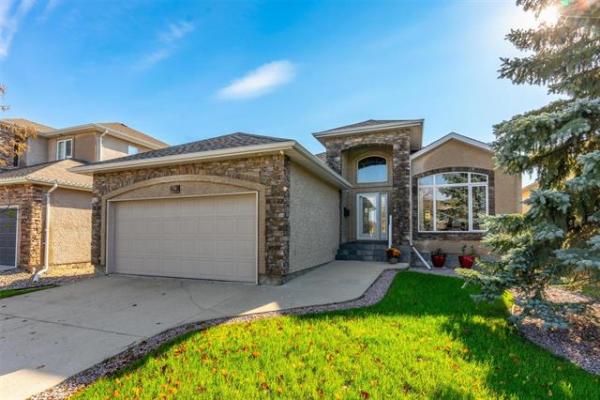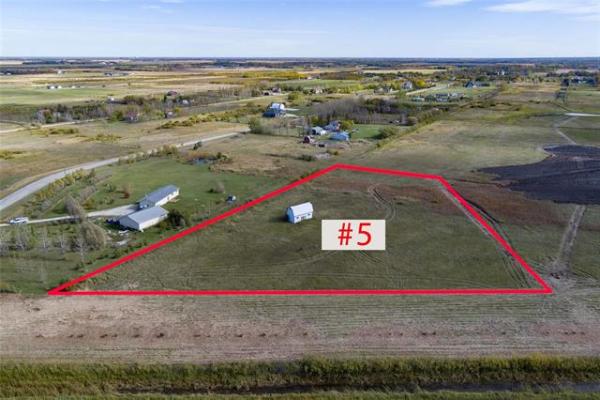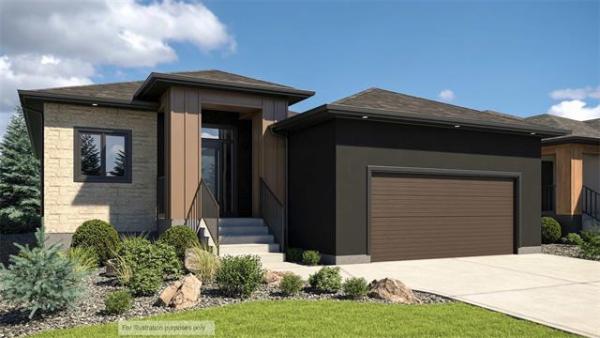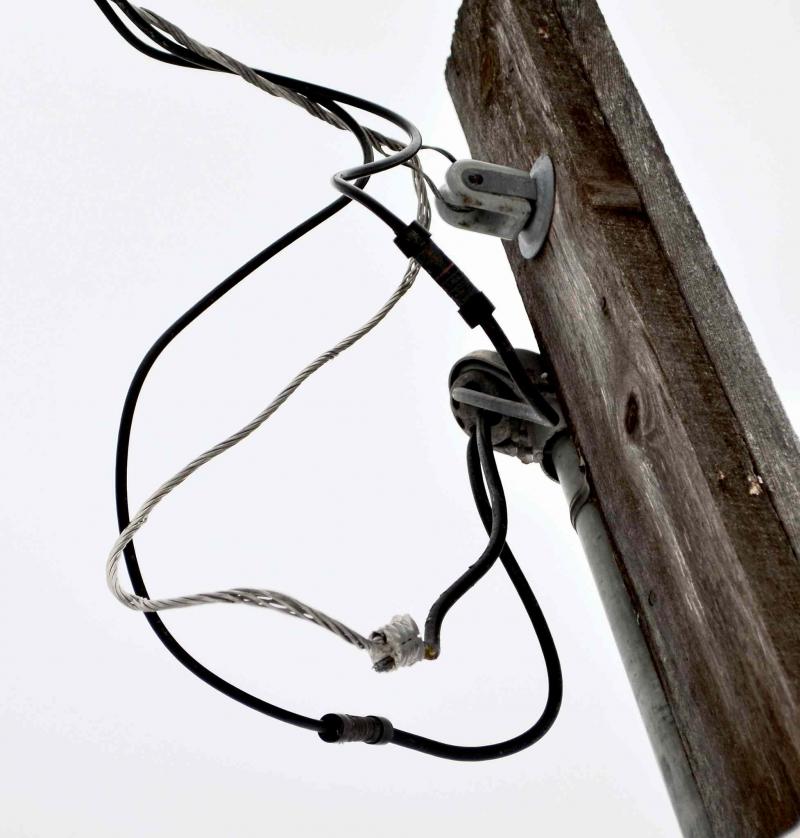
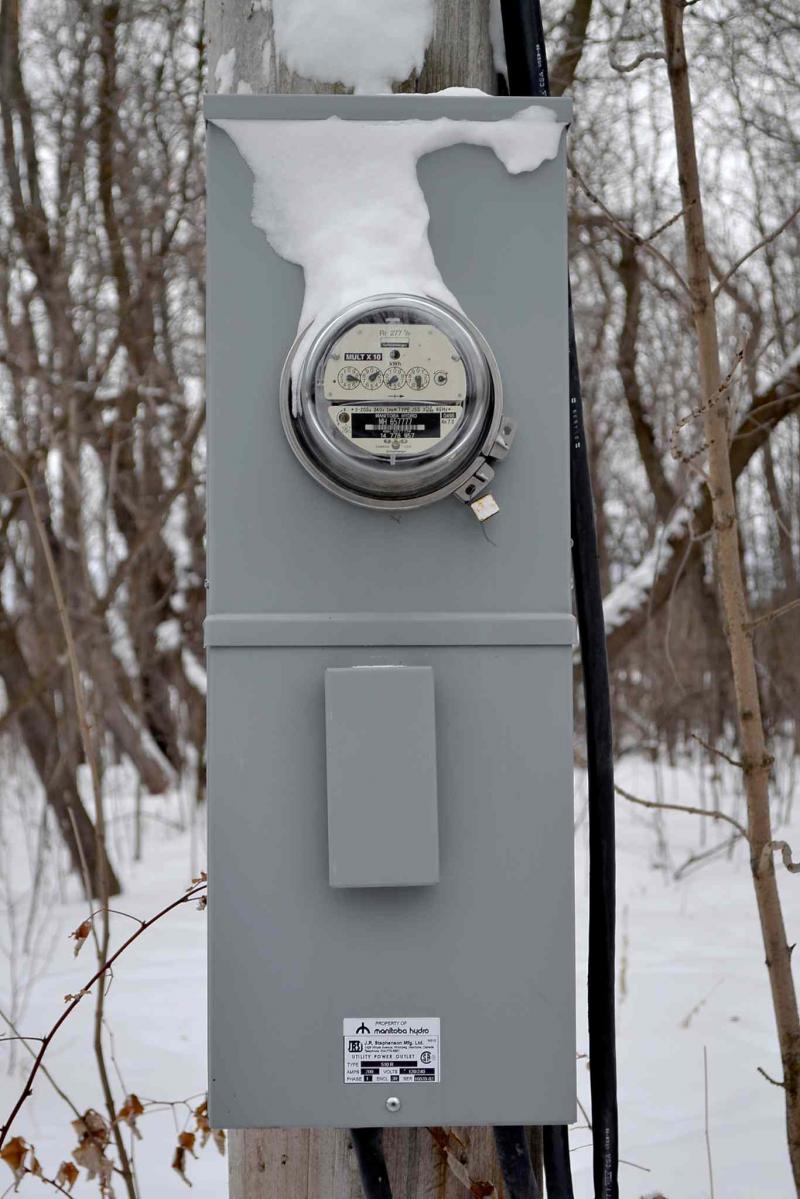
DIY renovators who want to do their own wiring face a circuitous route when they apply for a permit from Manitoba Hydro or the City of Winnipeg. In fact, the resistance DIYers will encounter is so Ohm-esque, they may come to believe Hydro or the city do not want them stringing their own wires when they can hire a professional.
In the interest of personal and public safety, it's impossible to argue against adherence to an electrical code that has taken years to develop and has undoubtedly saved thousands of people from death or injury due to fire or electrocution. But even in these times of vanishing rights I believe members of the public still have the right to build or renovate their own homes, including electrical additions or alterations. With this in mind, it seems unjust to place such a heavy load on DIYers when they apply for an electrical permit, especially considering their work will be inspected at least twice before approval. Moreover, if they elect to hire a fly-by-night contractor to do the job for them, there is a strong possibility no permit will be pulled and the shoddy, dangerous work will never be inspected.
The above rant was inspired by my own dilemma as to whether to upgrade my aging 100-amp service to a new 200-amp service myself or to hire a professional electrician to do the job. (FYI: distribution or breaker panels can be purchased from Home Depot or Home Hardware by any person, no licence required.)
I began to resolve my dilemma by placing a call to Hydro's 1-888-624-9376 information line. After listening to a long list of options, I chose general inquiries. The person who answered attempted to respond to my questions as best she could.
What I discerned from the conversation was DIYer permits outside of Winnipeg are available at variable costs, depending on the type of work undertaken. For example, basic wiring permits start at $80 and climb to $100 for distribution panels, plus an unknown extra charge for renovations as opposed to new installations. These fees include a rough-in and a finished or final inspection; however, if you fail the rough-in, you must return to the Hydro office where you pulled the permit and prepay for a second inspection, costing "around $60 to $80." The rule is similar for the finished inspection, but according to a Hydro staffer, replacing a distribution panel does not require a final inspection. Go figure.
I did uncover some good permit and wiring information in the Schedule of Electrical Permit Fees, Dec. 1, 2007 and the 2012 Residential Wiring Guide 11th Edition, both available at no cost at your local Hydro office or on the Internet. However, when I read these publications I found they lacked detailed answers to questions such as what surcharges or hidden fees will a DIYer incur? or how does a DIYer apply to Hydro to have his power shut off while he is installing a new distribution panel?
I discovered the City of Winnipeg's planning, property and development department has a pamphlet (also available as a downloadable PDF file) called Electrical Installations: A Homeowner Guide to the Winnipeg Electrical Bylaw Requirements for a Single-Family Dwelling, Detached Garage or Shed. I was referred to this informative document after many frustrating calls to inspection offices in Winnipeg. I learned from the document DIYers residing within the City of Winnipeg must comply with a number of conditions before they are granted a permit. (By the way, be prepared to remain on the phone for a long time if you want to talk to an actual electrical inspector.) I believe the same is true for people living outside Winnipeg; however, Manitoba Hydro's public affairs department had not returned my call by press time, though a spokesperson said it would.
Conditions for DIYers contemplating electrical installations in Winnipeg include the following:
-- A DIYer must obtain an electrical permit from the planning, property and development department at 31-30 Fort St. prior to making changes to any electrical installation.
-- The permit will only be granted to the owner of a single-family dwelling who is the occupant and will personally do the work. The permit is issued provided the manager of development and inspections is confident the work will be performed competently.
-- The applicant must present a wiring diagram for the proposed installation indicating the full extent of the work to be undertaken.
-- The permit-holder is responsible for the work and must ensure it conforms to all requirements of the electrical bylaw.
One piece of information not available in the City of Winnipeg publication was the cost to a DIYer of a permit to install a larger distribution panel. I can only assume the city follows the same 2007 schedule of fees as Hydro, in which as noted the permit price is listed at $100, not including any hidden fees for renovation work.
With the exception of farmyards with poles equipped with a breaker switch that will shut off power to a house or outbuilding, DIYers are required to apply to Hydro to turn off their electricity for the amount of time it takes to install a new panel, usually a few hours. To my understanding, there is no charge for this service as it is included in the permit fee.
At the end of my research, I decided it was easier to hire a certified electrician to swap my 100-amp service for a newer and larger one. As a dedicated DIYer, this decision was not easy for me to make. However, at the same time, I was not prepared to jump through all the hoops required to obtain a permit. Moreover, I'm getting too old to climb a 10-metre ladder to disconnect the #3 wire from the pole to the house and connect a new length of #3/0 wire required for a 200-amp service. Also needed would be a larger mast and connectors to receive the heavier wire at the house. Though I couldn't get Hydro to confirm it, I believe the switch and wiring on the pole may have needed to be upgraded as well.
My story has a bittersweet end. Though my DIYer's ego received a shocking blow, the electrician I hired did save me a lot of time and, as it turned out, money. He pointed out that a 125-amp service was more than sufficient to meet my home's power needs as I don't have an electric furnace, air conditioner, dishwasher, hot tub or any other power-sucking amenities that require a 200-amp or larger service. Also, the new 125-amp panel did not require the #3 overhead wire to be replaced by #3/0 cable, and the mast did not need to be replaced by a heavier one. The happy result was I saved at least $1,000 on material costs, and the electrician pulled the permit with no problem.
In spite of this, I remain a dedicated DIYer... if only I was 20 years younger.
email here

